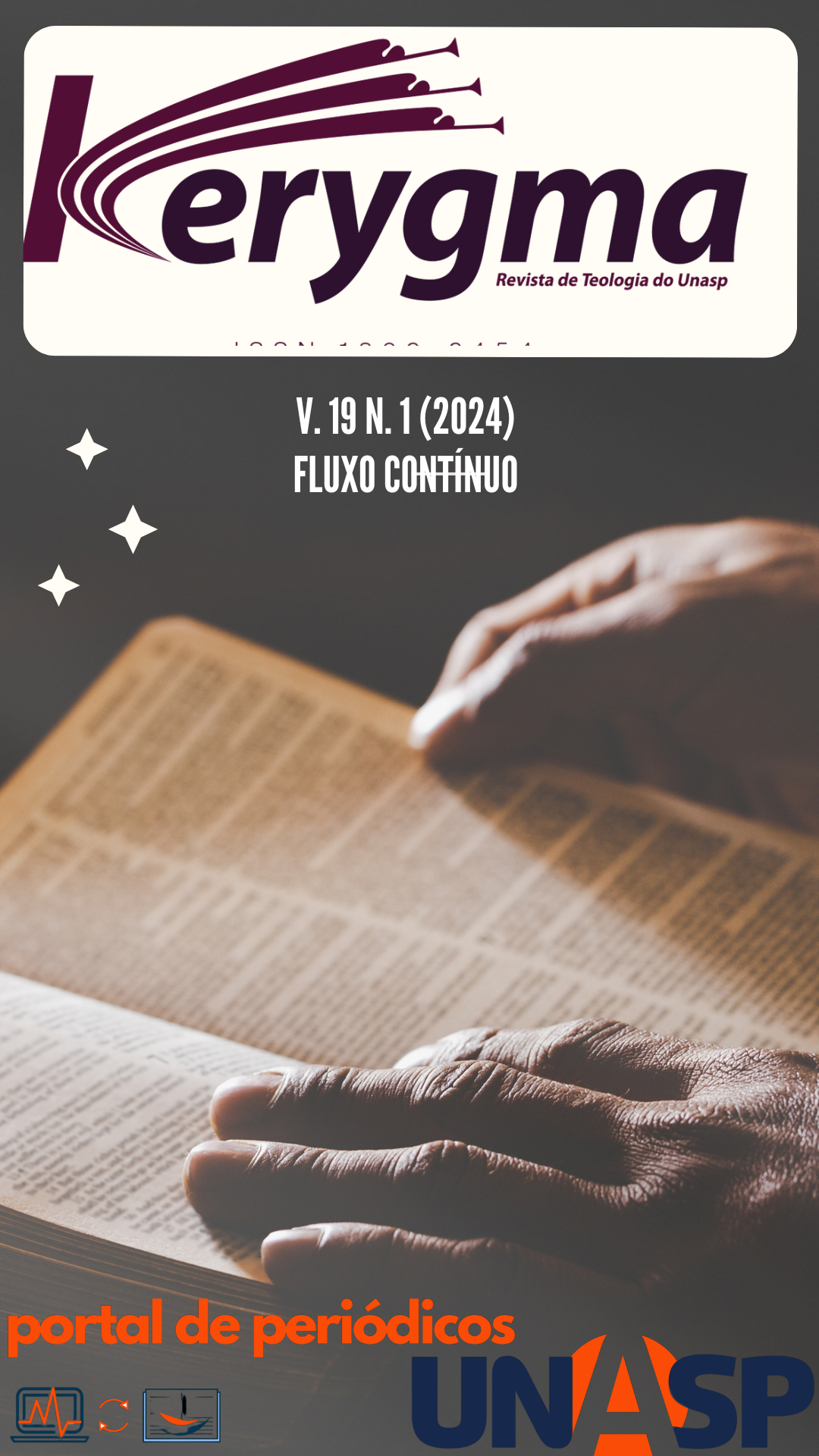Abstract
This essay suggests comparisons between conspiracy theories and escape literature in the context of the Christian concern with edifying words. To do so, it uses Perrine's two literary criteria and draws on theories about literature in general, especially those of Compagnon. The essay considers the great appeal of conspiracy theories and suggests that it is commensurate with that of escape literature. Therefore, it proposes that conspiracy theories represent a certain evolution from escape literature, since they are able to create comprehensive fantasies that go beyond the pages of books and interfere in people's lives, gaining their complicity in the figuration of the world.
References
ASSIS, Machado de. Esaú e Jacó. Bauru: Via Leitura, 2021.
BAKHTIN, M. Estética da criação verbal. 2. ed. São Paulo: Martins Fontes, 1997. (Coleção Ensino Superior).
CARROLL, L. Alice no país das maravilhas e através do espelho. Barueri: Novo Século, 2023.
COMPAGNON, A. O demônio da teoria: literatura e senso comum. Belo Horizonte: UFMG, 1999.
DENTITH, M. The philosophy of conspiracy theories. New York: Palgrave Macmillan, 2014.
ECO, U. Leitura do texto literário: lector in fabula: a cooperação interpretativa dos textos literários. Lisboa: Presença, 1983.
GULYAS, A. Conspiracy theories: the roots, themes and propagation of paranoid political and cultural narratives. Jefferson, NC: McFarland & Company, 2016.
HODAPP, C.; KANNON, A. Conspiracy theories & secret societies for dummies. Hoboken, NJ: Wiley, 2008.
HOFSTADTER, R. The paranoid style in American politics. Harper’s Magazine, 1964. Disponível em: https://harpers.org/archive/1964/11/the-paranoid-style-in-american-politics/. Acesso em: 10 jun. 2024.
KOCH, I.; ELIAS, V. Ler e compreender: os sentidos do texto. 2. ed. São Paulo: Contexto, 2008.
MENCKEN, H. A Mencken chrestomathy. New York: Alfred A. Knopf, 1949.
MERLEAU-PONTY, M. Fenomenologia da percepção. 2. ed. São Paulo: Martins Fontes, 1999.
PERRINE, L. Literature: structure, sound and sense. 6. ed. Fort Worth: Harcourt Brace, 1993.
RAMSAY, R. Conspiracy theories. Harpenden: Pocket Essentials, 2006.
WEST, M. Escaping the rabbit hole: how to debunk conspiracy theories using facts, logic, and respect. New York: Skyhorse, 2018.
WOLFE, T. You can’t go home again. New York: Scribner, 2011.

This work is licensed under a Creative Commons Attribution 4.0 International License.
Copyright (c) 2025 Kerygma


